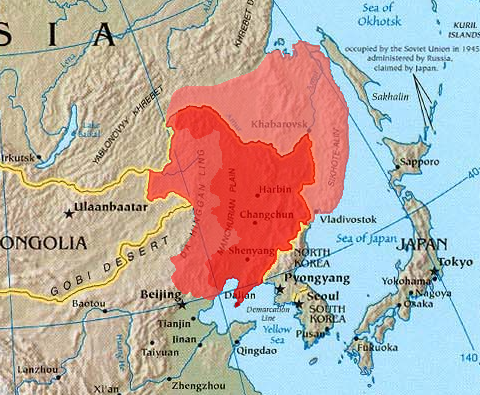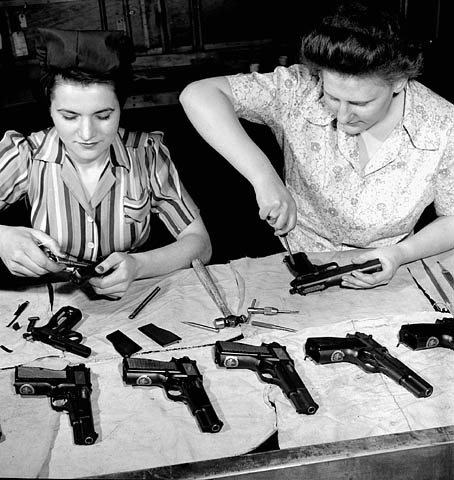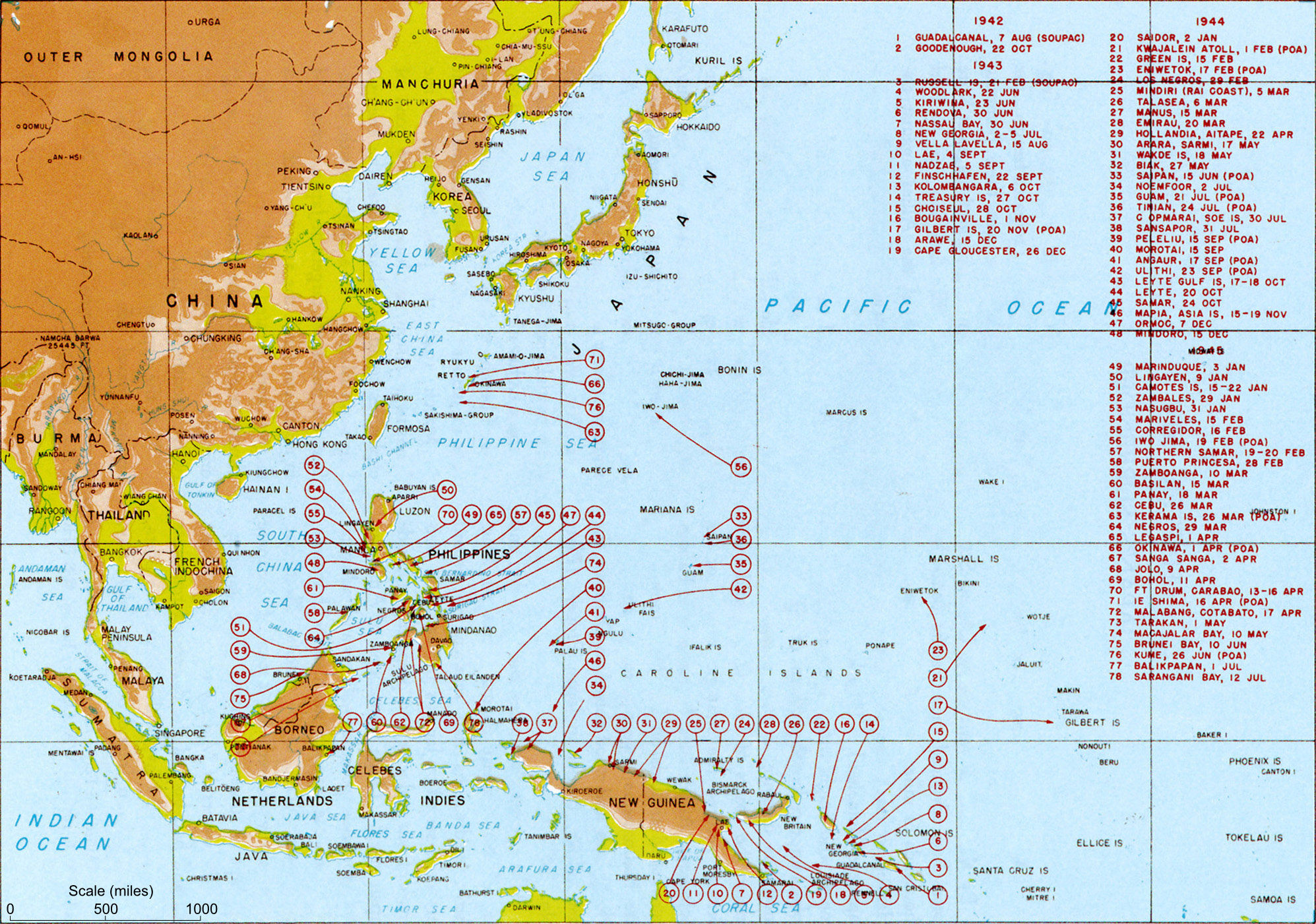|
State General Mobilization Law
The , also known as the National Mobilization Law, was legislated in the Diet of Japan by Prime Minister Fumimaro Konoe on 24 March 1938 to put the national economy of the Empire of Japan on war-time footing after the start of the Second Sino-Japanese War. The State General Mobilization Law had fifty clauses, which provided for government controls over civilian organizations (including labor unions), nationalization of strategic industries, price controls and rationing, and nationalized the news media.Pauer, Japan's War Economy, pp.13 The laws gave the government the authority to use unlimited budgets to subsidize war production, and to compensate manufacturers for losses caused by war-time mobilization. Eighteen of the fifty articles outlined penalties for violators. The law had long-term repercussions for the Japanese economy beyond its repeal by the Supreme Commander of the Allied Powers in 1945. Many policies created by the law resulted in structural changes to Japanese la ... [...More Info...] [...Related Items...] OR: [Wikipedia] [Google] [Baidu] |
Diet Of Japan
The is the national legislature of Japan. It is composed of a lower house, called the House of Representatives (, ''Shūgiin''), and an upper house, the House of Councillors (, '' Sangiin''). Both houses are directly elected under a parallel voting system. In addition to passing laws, the Diet is formally responsible for nominating the Prime Minister. The Diet was first established as the Imperial Diet in 1890 under the Meiji Constitution, and took its current form in 1947 upon the adoption of the post-war constitution. Both houses meet in the in Nagatachō, Chiyoda, Tokyo. Composition The houses of the National Diet are both elected under parallel voting systems. This means that the seats to be filled in any given election are divided into two groups, each elected by a different method; the main difference between the houses is in the sizes of the two groups and how they are elected. Voters are also asked to cast two votes: one for an individual candidate in a c ... [...More Info...] [...Related Items...] OR: [Wikipedia] [Google] [Baidu] |
Manchuria
Manchuria is an exonym (derived from the endo demonym "Manchu") for a historical and geographic region in Northeast Asia encompassing the entirety of present-day Northeast China (Inner Manchuria) and parts of the Russian Far East ( Outer Manchuria). Its meaning may vary depending on the context: * Historical polities and geographical regions usually referred to as Manchuria: ** The Later Jin (1616–1636), the Manchu-led dynasty which renamed itself from "Jin" to "Qing", and the ethnicity from "Jurchen" to "Manchu" in 1636 ** the subsequent duration of the Qing dynasty prior to its conquest of China proper (1644) ** the northeastern region of Qing dynasty China, the homeland of Manchus, known as "Guandong" or "Guanwai" during the Qing dynasty ** The region of Northeast Asia that served as the historical homeland of the Jurchens and later their descendants Manchus ***Qing control of Dauria (the region north of the Amur River, but in its watershed) was contested in 1643 ... [...More Info...] [...Related Items...] OR: [Wikipedia] [Google] [Baidu] |
Mentally Disabled
Developmental disability is a diverse group of chronic conditions, comprising mental or physical impairments that arise before adulthood. Developmental disabilities cause individuals living with them many difficulties in certain areas of life, especially in "language, mobility, learning, self-help, and independent living".Center for Disease Control and Prevention. (2013)Developmental disabilities.Retrieved October 18, 2013 Developmental disabilities can be detected early on and persist throughout an individual's lifespan. Developmental disability that affects all areas of a child's development is sometimes referred to as global developmental delay. The most common developmental disabilities are: * Motor disorders, and learning difficulties such as dyslexia, Tourette's syndrome, dyspraxia, dysgraphia, Irlen syndrome, and dyscalculia. * Autism and Asperger syndrome are a series of conditions called autistic spectrum disorders that causes difficulties in communications. Auti ... [...More Info...] [...Related Items...] OR: [Wikipedia] [Google] [Baidu] |
Physical Disability
A physical disability is a limitation on a person's physical functioning, mobility, dexterity or stamina. Other physical disabilities include impairments which limit other facets of daily living, such as respiratory disorders, blindness, epilepsy and sleep disorders. Causes Prenatal disabilities are acquired before birth. These may be due to diseases or substances that the mother has been exposed to during pregnancy, embryonic or fetal developmental accidents or genetic disorders. Perinatal disabilities are acquired between some weeks before to up to four weeks after birth in humans. These can be due to prolonged lack of oxygen or obstruction of the respiratory tract, damage to the brain during birth (due to the accidental misuse of forceps, for example) or the baby being born prematurely. These may also be caused due to genetic disorders or accidents. Post-natal disabilities are gained after birth. They can be due to accidents, injuries, obesity, infection or other illne ... [...More Info...] [...Related Items...] OR: [Wikipedia] [Google] [Baidu] |
War Industry
The arms industry, also known as the arms trade, is a global industry which manufactures and sells weapons and military technology. It consists of a commercial industry involved in the research and development, engineering, production, and servicing of military material, equipment, and facilities. Arms-producing companies, also referred to as arms dealers, or as the military industry, produce arms for the armed forces of states and for civilians. Departments of government also operate in the arms industry, buying and selling weapons, munitions and other military items. An arsenal is a place where arms and ammunition - whether privately or publicly owned - are made, maintained and repaired, stored, or issued, in any combination. Products of the arms industry include guns, artillery, ammunition, missiles, military aircraft, military vehicles, ships, electronic systems, military communications, night-vision devices, holographic weapon sights, laser rangefinders, laser sights, ... [...More Info...] [...Related Items...] OR: [Wikipedia] [Google] [Baidu] |
Surrender Of Japan
The surrender of the Empire of Japan in World War II was announced by Emperor Hirohito on 15 August and formally signed on 2 September 1945, bringing the war's hostilities to a close. By the end of July 1945, the Imperial Japanese Navy (IJN) had become incapable of conducting major operations and an Allied invasion of Japan was imminent. Together with the United Kingdom and China, the United States called for the unconditional surrender of the Japanese armed forces in the Potsdam Declaration on 26 July 1945—the alternative being "prompt and utter destruction". While publicly stating their intent to fight on to the bitter end, Japan's leaders (the Supreme Council for the Direction of the War, also known as the "Big Six") were privately making entreaties to the publicly neutral Soviet Union to mediate peace on terms more favorable to the Japanese. While maintaining a sufficient level of diplomatic engagement with the Japanese to give them the impression they might be ... [...More Info...] [...Related Items...] OR: [Wikipedia] [Google] [Baidu] |
Imperial Japanese Army
The was the official ground-based armed force of the Empire of Japan from 1868 to 1945. It was controlled by the Imperial Japanese Army General Staff Office and the Ministry of the Army, both of which were nominally subordinate to the Emperor of Japan as supreme commander of the army and the Imperial Japanese Navy. Later an Inspectorate General of Aviation became the third agency with oversight of the army. During wartime or national emergencies, the nominal command functions of the emperor would be centralized in an Imperial General Headquarters (IGHQ), an ad hoc body consisting of the chief and vice chief of the Army General Staff, the Minister of the Army, the chief and vice chief of the Naval General Staff, the Inspector General of Aviation, and the Inspector General of Military Training. History Origins (1868–1871) In the mid-19th century, Japan had no unified national army and the country was made up of feudal domains (''han'') with the Tokugawa shogunate (''bakuf ... [...More Info...] [...Related Items...] OR: [Wikipedia] [Google] [Baidu] |
Manchurian Industrial Development Company
The () was an industrial conglomerate, or ''zaibatsu,'' in the Japanese-controlled Empire of Manchuria (Manchukuo), established at the instigation of the Imperial Japanese Army to further the industrialization of Manchukuo, and in particular, to make it self-sufficient in strategic heavy industries. History Following on the economic success of the South Manchurian Railway Company, and its various subsidiaries, such as the Showa Steel Works, ideological and economic planners from the Kwantung Army developed a comprehensive plan for the future economic and industrial development of Manchukuo per a state socialist model with a command economy. Prominent Japanese entrepreneur and technocrat, Yoshisuke Aikawa, the founder of the Nissan ''zaibatsu'' was invited to Manchukuo and asked to establish the Manchukuo Industrial Development Company, a joint venture owned 50% by Nissan and 50% by the Manchukuo government, which would oversee the central plan. The original plan under Naoki H ... [...More Info...] [...Related Items...] OR: [Wikipedia] [Google] [Baidu] |
Showa Steel Works
The () was a Japanese government-sponsored steel mill that was one of the showpieces of the industrialization program for Manchukuo in the late 1930s. Shōwa Steel Works began as the ''Anshan Iron & Steel Works'', a subsidiary of the South Manchurian Railway Company in 1918. The city of Anshan in Liaoning was chosen for its proximity to the Takushan iron ore deposits and rail works at Mukden. The company used low grade iron; in 1934 it mined 950,000 tonnes. In 1933, after a reorganization, it was renamed the ''Shōwa Steel Works''. Shōwa Steel produced pig iron and steel, and the steel mill was soon surrounded by a large industrial complex of other factories to produce a variety of metal products. Sumitomo Steel Pipe established a plant to produce steel pipes, and Manchurian Roll Manufacturing Company to produce steel mill rolls. To feed the furnaces, coal mines were established at Fushun, 35 kilometers to the east, which also led to electric power plants, coal liquefaction pla ... [...More Info...] [...Related Items...] OR: [Wikipedia] [Google] [Baidu] |
Reform Bureaucrats
The , also called revisionist bureaucrats or renovationist bureaucrats, were a group of Japanese civilian statesmen and planners during and after the Second World War, active in the states of the Empire of Japan and its puppet state, Manchukuo. The reform bureaucrats pushed for the establishment and strengthening of the Greater East Asia Co-Prosperity Sphere, as well as for the establishment of so-called "techno-fascism". Ideology and influences Historian Janis Mimura refers to the ideology of the reform bureaucrats as ''techno-fascism'', a technocratic authoritarian ideology based on "fusing private and public" and "separating capital and management", as well as a sense of Japanese superiority. During the war, the reform bureaucrats based their ideas of economic and political strength off of that of Nazi Germany, while after the war, they based them off of "peace and democracy". They wanted to create a , where the state would control directly politics and the economy. Their economi ... [...More Info...] [...Related Items...] OR: [Wikipedia] [Google] [Baidu] |
Manchukuo
Manchukuo, officially the State of Manchuria prior to 1934 and the Empire of (Great) Manchuria after 1934, was a puppet state of the Empire of Japan in Manchuria from 1932 until 1945. It was founded as a republic in 1932 after the Japanese invasion of Manchuria, and in 1934 it became a constitutional monarchy under the ''de facto'' control of Japan. It had limited international recognition. The area was the homeland of the Manchus, including the emperors of the Qing dynasty. In 1931, Japan seized the region following the Mukden Incident. A pro-Japanese government was installed one year later with Puyi, the last Qing emperor, as the nominal regent and later emperor. Manchukuo's government was dissolved in 1945 after the surrender of Imperial Japan at the end of World War II. The territories claimed by Manchukuo were first seized in the Soviet invasion of Manchuria in August 1945, and then formally transferred to Chinese administration in the following year. Demographically, ... [...More Info...] [...Related Items...] OR: [Wikipedia] [Google] [Baidu] |
Central Planning
A planned economy is a type of economic system where investment, production and the allocation of capital goods takes place according to economy-wide economic plans and production plans. A planned economy may use centralized, decentralized, participatory or Soviet-type forms of economic planning. The level of centralization or decentralization in decision-making and participation depends on the specific type of planning mechanism employed. Socialist states based on the Soviet model have used central planning, although a minority such as the former Socialist Federal Republic of Yugoslavia have adopted some degree of market socialism. Market abolitionist socialism replaces factor markets with direct calculation as the means to coordinate the activities of the various socially-owned economic enterprises that make up the economy. More recent approaches to socialist planning and allocation have come from some economists and computer scientists proposing planning mechanisms ba ... [...More Info...] [...Related Items...] OR: [Wikipedia] [Google] [Baidu] |



